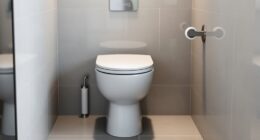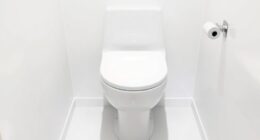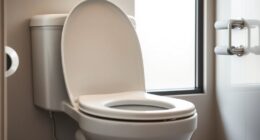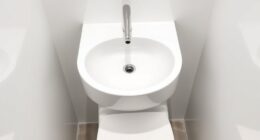We absolutely adore the refreshing feeling of a cold plunge tub! It’s a fantastic way to enhance our overall well-being and add a rejuvenating element to our self-care regimen.
In this article, we’ll explore the numerous health benefits of cold plunge therapy, guide you through setting up your own tub, and discuss its advantages compared to hot baths.
Get ready to dive into the world of cold plunge tubs and discover the secrets to maximizing this exhilarating experience!
Key Takeaways
- Cold plunge tubs offer a range of benefits, including increased circulation, reduced inflammation, improved muscle recovery, and delivery of oxygen and nutrients to the body.
- Temperature control is important in a cold plunge tub, allowing individuals to adjust the temperature to their preference and gradually decrease it for a more intense experience. Techniques like exercise or a warm shower can also help withstand the cold temperature.
- Accessories such as essential oils, bath salts, or aromatherapy diffusers can enhance the cold plunge experience, promoting relaxation, focus, or a refreshing scent. It’s important to use these accessories sparingly and maintain them regularly.
- Breathing techniques, like deep breathing exercises, can be practiced in the cold plunge tub to relax the body, regulate heart rate, and calm the nervous system. Combining breathing exercises with visualization or meditation can enhance relaxation.
Health Benefits of Cold Plunge Tub
The health benefits of a cold plunge tub include increased circulation, reduced inflammation, and improved muscle recovery. When we immerse our bodies in cold water, our blood vessels constrict, which then causes blood to circulate more efficiently throughout our bodies. This increased circulation helps deliver more oxygen and nutrients to our muscles and organs, thus promoting overall health and well-being.
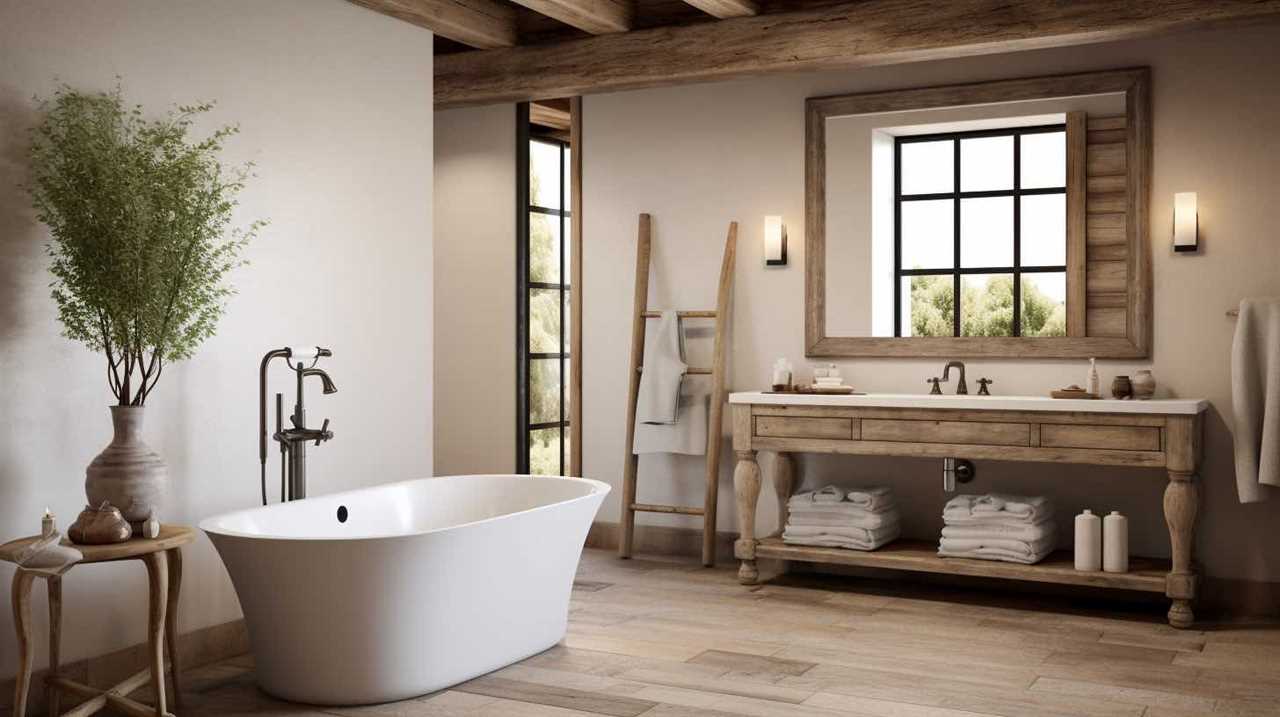
Additionally, the cold water can help reduce inflammation in our bodies by constricting blood vessels and reducing swelling. This can be particularly beneficial for individuals with chronic inflammatory conditions, such as arthritis or autoimmune disorders.
Furthermore, cold plunge tubs have been shown to aid in muscle recovery by reducing muscle soreness and speeding up the recovery process after intense physical activity. Cold water immersion can help decrease muscle inflammation and promote the removal of waste products from our muscles, allowing them to recover more quickly.
How to Set Up Your Cold Plunge Tub
To properly set up your cold plunge tub, it’s important to start by selecting a suitable location. Choose an area that’s easily accessible and well-ventilated. Make sure there’s enough space for the tub and any additional equipment you may need.
Once you have found the perfect spot, it’s time to prepare the tub itself. Begin by cleaning the tub thoroughly, removing any dirt or debris. Next, fill the tub with cold water, ensuring that it’s at the desired temperature. You may also want to add ice or use a chiller system to maintain the cold temperature.
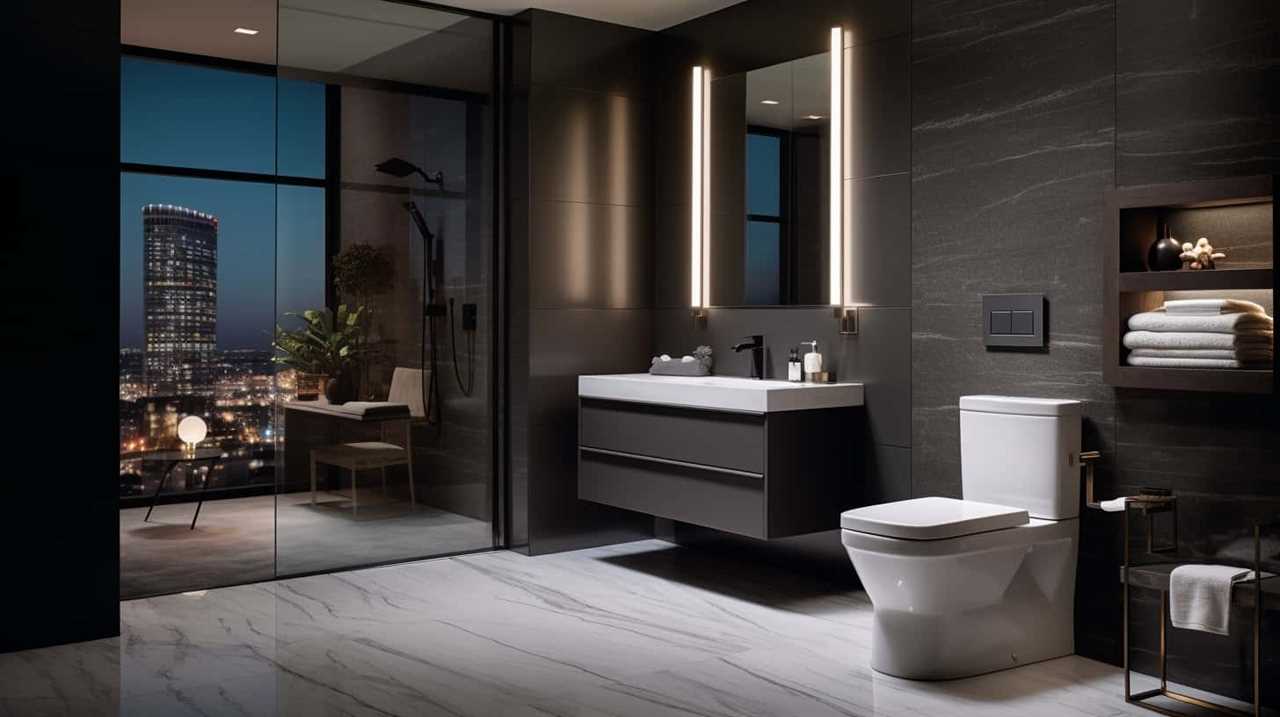
Cold Plunge Tub Vs. Hot Bath: Which Is Better
When comparing the benefits of a cold plunge tub to those of a hot bath, we must consider which option is more beneficial for our overall well-being. While both have their advantages, there are a few key differences to consider:
- Cold Plunge Tub Benefits:
- Boosts recovery: Cold water immersion reduces inflammation and muscle soreness, aiding in post-workout recovery.
- Increases alertness: The shock of cold water stimulates the nervous system, promoting mental clarity and focus.
- Improves circulation: Cold water causes blood vessels to constrict, which can enhance blood flow and circulation.
- Enhances immune function: Cold exposure has been shown to strengthen the immune system and increase white blood cell count.
Benefits of Hot Bath:
- Relieves muscle tension: Soaking in a hot bath can help relax muscles, reducing tension and promoting relaxation.
- Eases stress and anxiety: The warmth of a hot bath can have a calming effect on the mind and help relieve stress.
- Promotes better sleep: The soothing properties of a hot bath can aid in falling asleep faster and improving sleep quality.
- Opens pores and detoxifies: Steam from a hot bath can open pores and help release toxins from the body.
Considering these benefits, it’s clear that both options have unique advantages. However, if you’re looking to incorporate cold plunge therapy into your self-care routine, the next section will provide guidance on how to do so effectively.
Incorporating Cold Plunge Therapy Into Your Self-Care Routine
Let’s dive into how we can incorporate cold plunge therapy into our self-care routine.
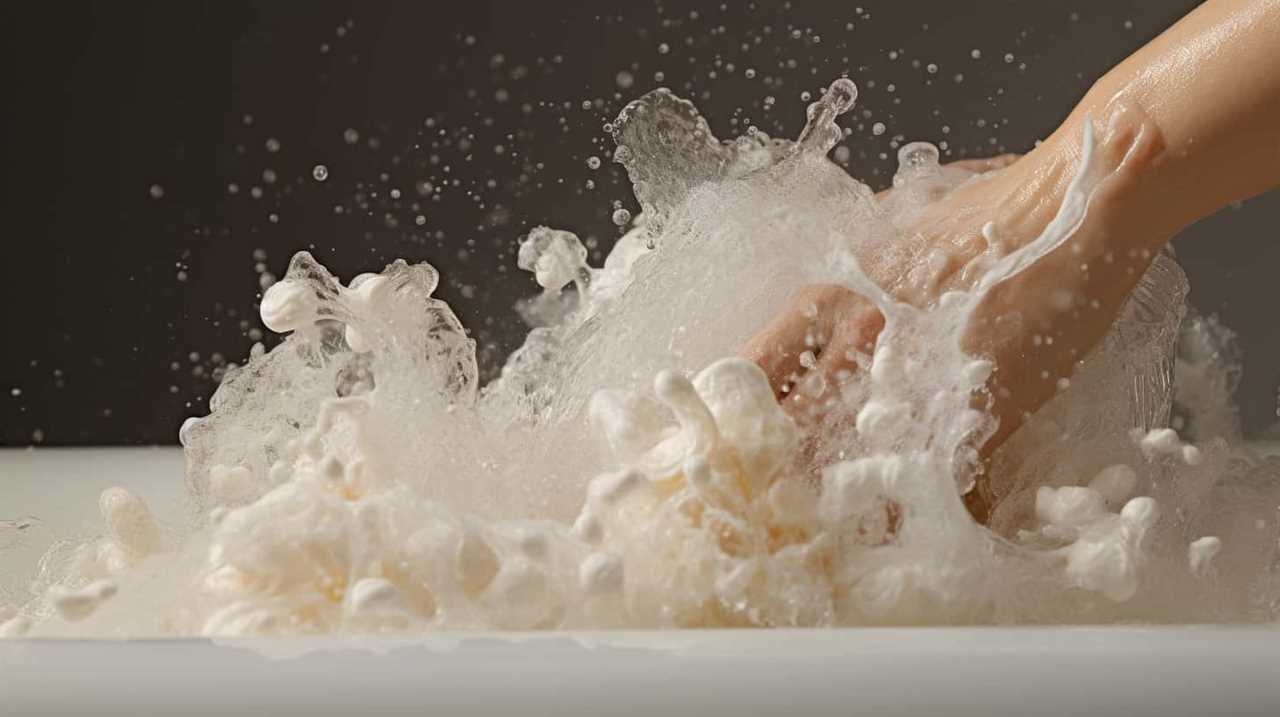
Cold plunge therapy, also known as cold water immersion, involves submerging our bodies in cold water for a short period of time. This practice has been used for centuries and offers numerous self-care benefits.
Firstly, it helps to reduce muscle inflammation and soreness, promoting faster recovery after intense physical activity.
Secondly, cold plunge therapy boosts our immune system, increasing our resistance to illnesses. Additionally, it can improve our mental clarity and focus by stimulating the production of endorphins and enhancing blood circulation to the brain.
Incorporating cold plunge therapy into our self-care routine can be as simple as taking a cold shower or using a cold plunge tub. The invigorating effects of cold water can truly enhance our overall well-being.
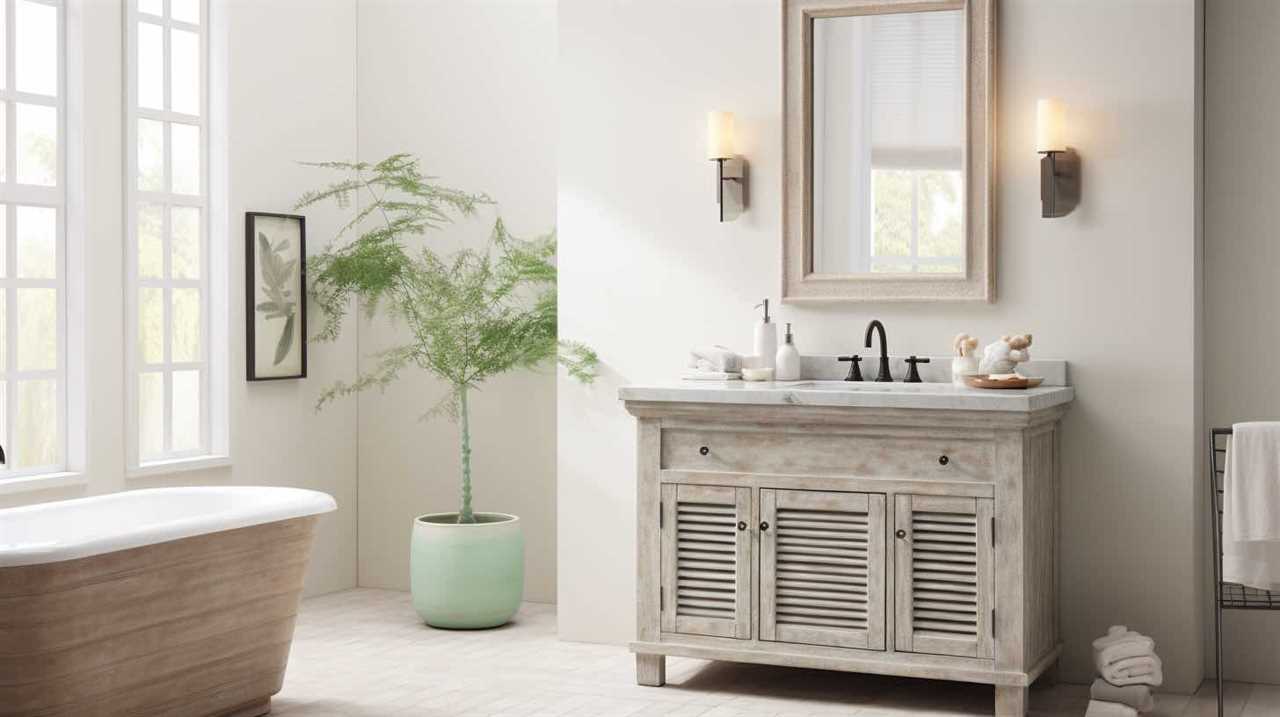
Tips for Maximizing the Cold Plunge Tub Experience
Maximizing the Cold Plunge Tub experience requires intentionality and mindfulness. To make the most out of your cold plunge session, consider the following tips:
- Optimal Temperature:
Set the cold plunge tub temperature between 50 to 55 degrees Fahrenheit (10 to 13 degrees Celsius) for an invigorating experience that promotes circulation and reduces inflammation. - Preparation:
Before entering the cold plunge tub, ensure you’re adequately warmed up, such as through exercise or a warm shower, to better withstand the cold temperature. - Accessories:
Enhance your cold plunge experience by incorporating accessories like essential oils, bath salts, or aromatherapy diffusers. These can promote relaxation, increase focus, or provide a refreshing scent. - Breathing Techniques:
Practice deep breathing exercises while in the cold plunge tub to help relax the body and regulate your heart rate.
By implementing these tips, you can optimize your cold plunge tub experience and reap the many benefits it offers.
Frequently Asked Questions
Can I Use a Cold Plunge Tub if I Have a Medical Condition?
When considering using a cold plunge tub with a medical condition, it is important to take precautions and consult with a medical professional. They can provide guidance based on your specific condition and help ensure your safety.
Is There an Optimal Time of Day to Use a Cold Plunge Tub?
The best time to use a cold plunge tub depends on personal preference and schedule. However, it is generally recommended to use it in the morning or after intense physical activity. Duration should be kept short for maximum benefits.

Can I Use the Cold Plunge Tub if I Am Pregnant or Breastfeeding?
During pregnancy or while breastfeeding, it is important to consult with a healthcare professional before using a cold plunge tub. They can provide guidance based on your individual circumstances to ensure the safety of both you and your baby.
How Often Should I Use a Cold Plunge Tub to Experience Its Benefits?
To maximize the benefits of cold therapy, we recommend using the cold plunge tub regularly. The frequency of use will depend on individual goals and tolerance. Experiment with different intervals and listen to your body’s response.
Are There Any Safety Precautions I Should Take While Using a Cold Plunge Tub?
When using a cold plunge tub, it is important to take precautions and follow safety measures to ensure your well-being. By doing so, you can enjoy the benefits of the tub without any unnecessary risks.
Conclusion
In conclusion, the cold plunge tub offers numerous health benefits and can be easily set up in your own home. Whether you prefer a cold plunge or a hot bath, both have their advantages.

Incorporating cold plunge therapy into your self-care routine can help improve circulation, reduce inflammation, and boost your overall well-being. Remember to follow our tips for maximizing the cold plunge tub experience and enjoy the invigorating sensation it provides.
So go ahead, take the plunge and rejuvenate your body and mind.







